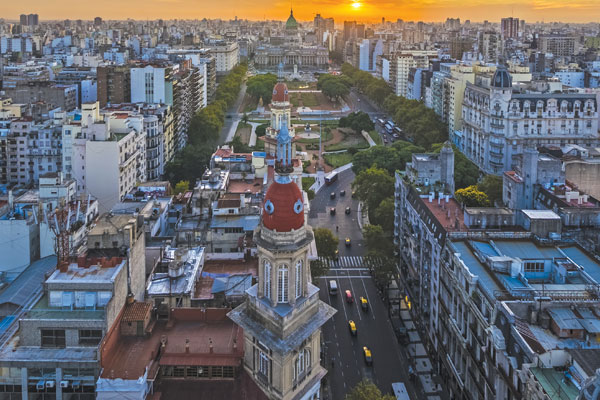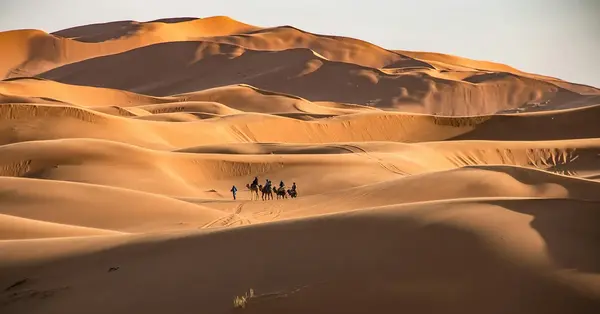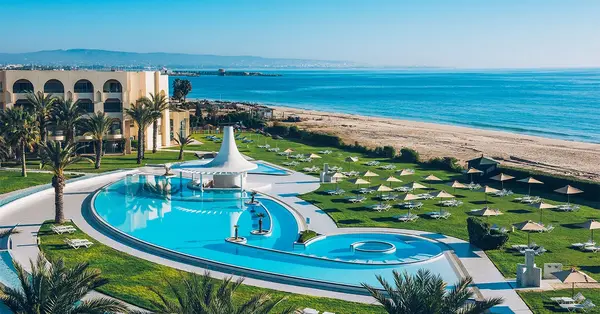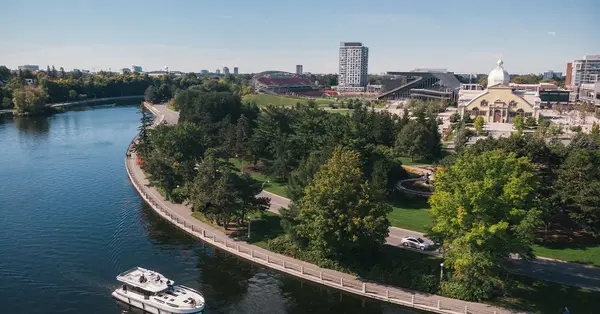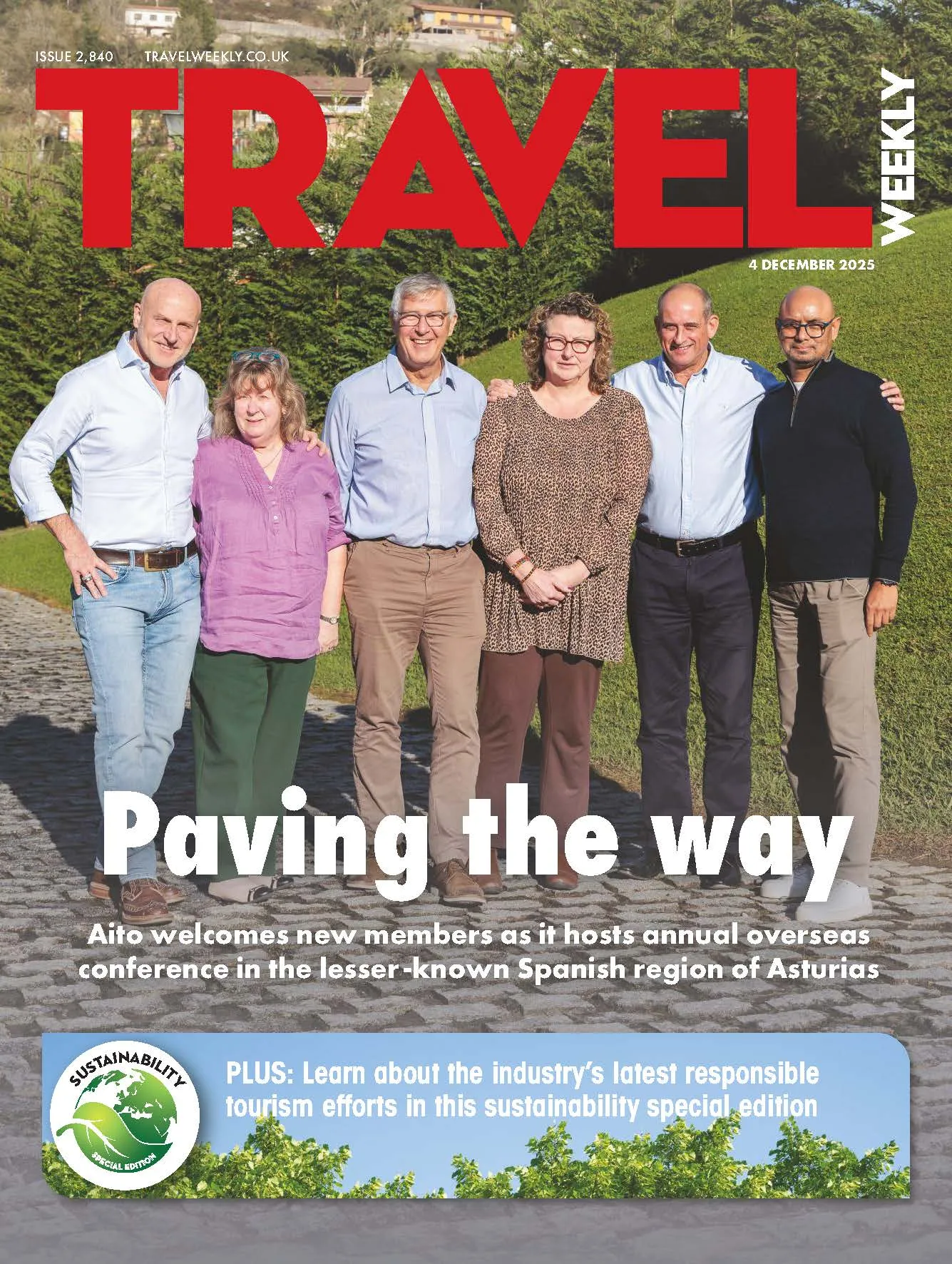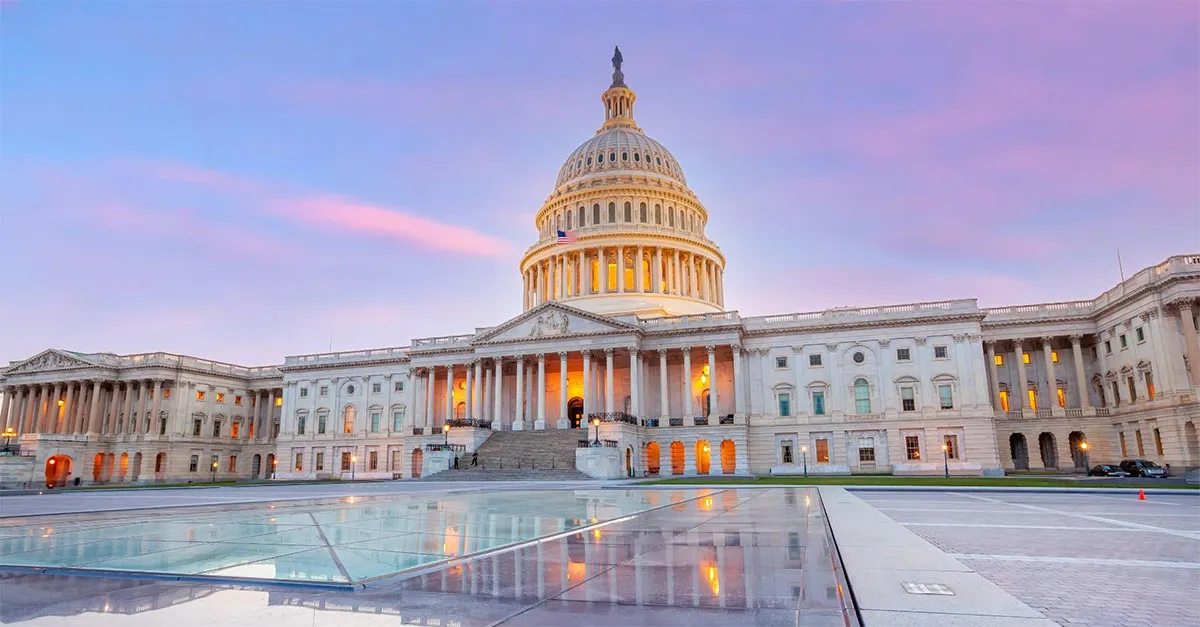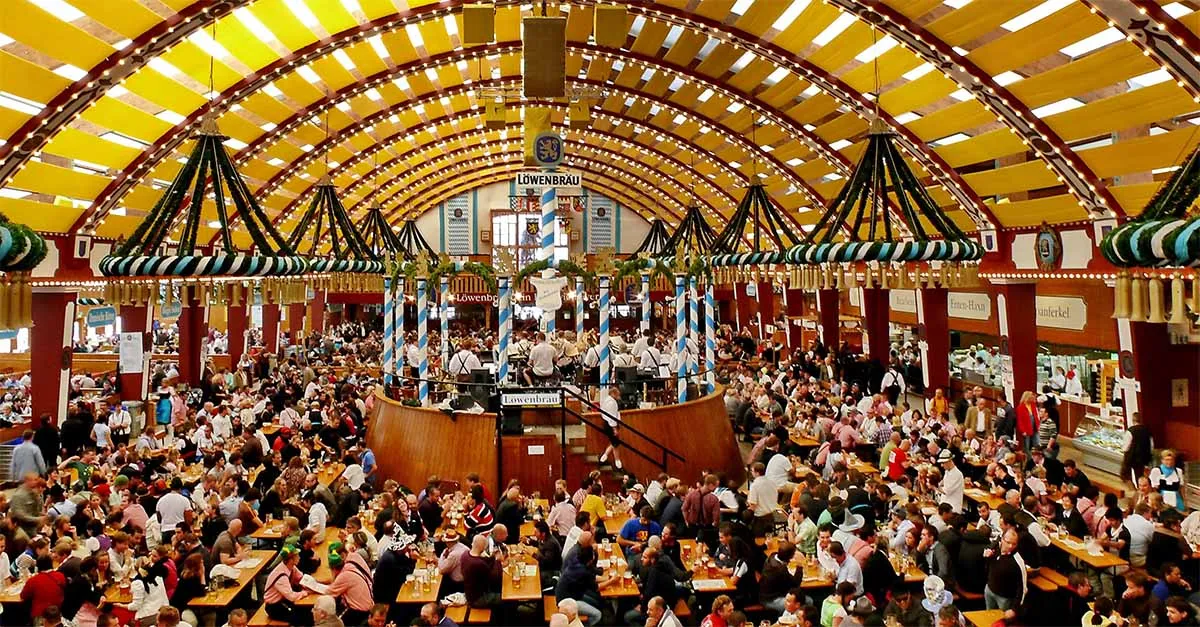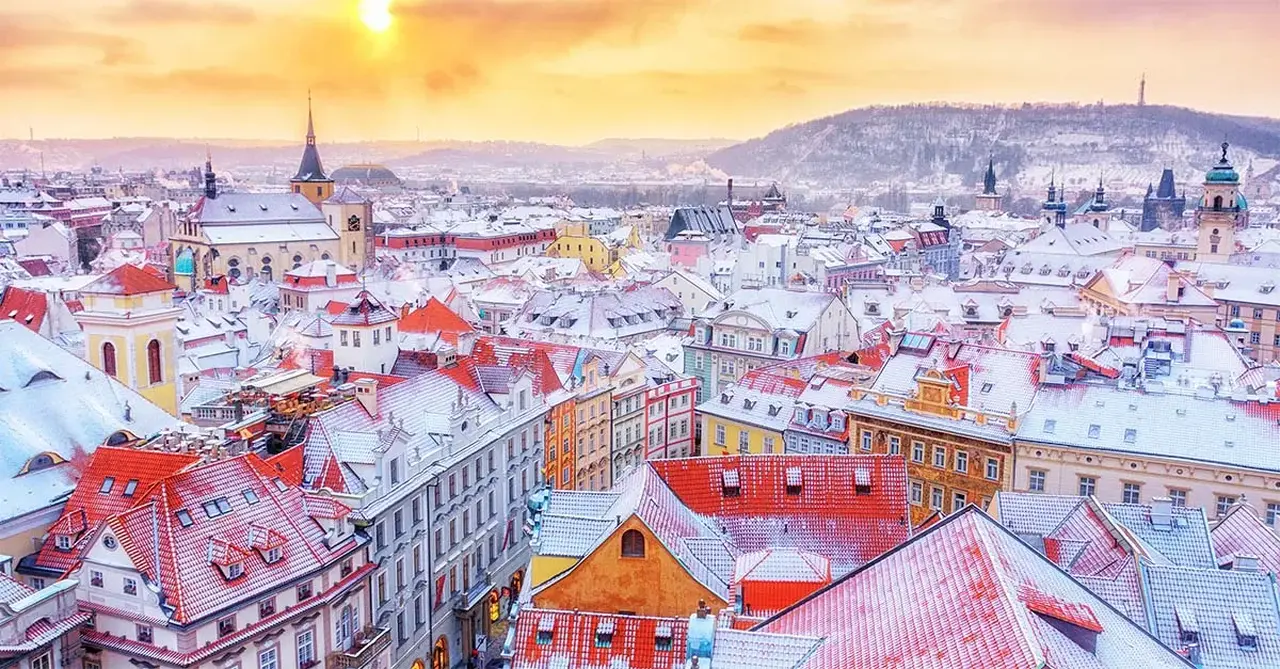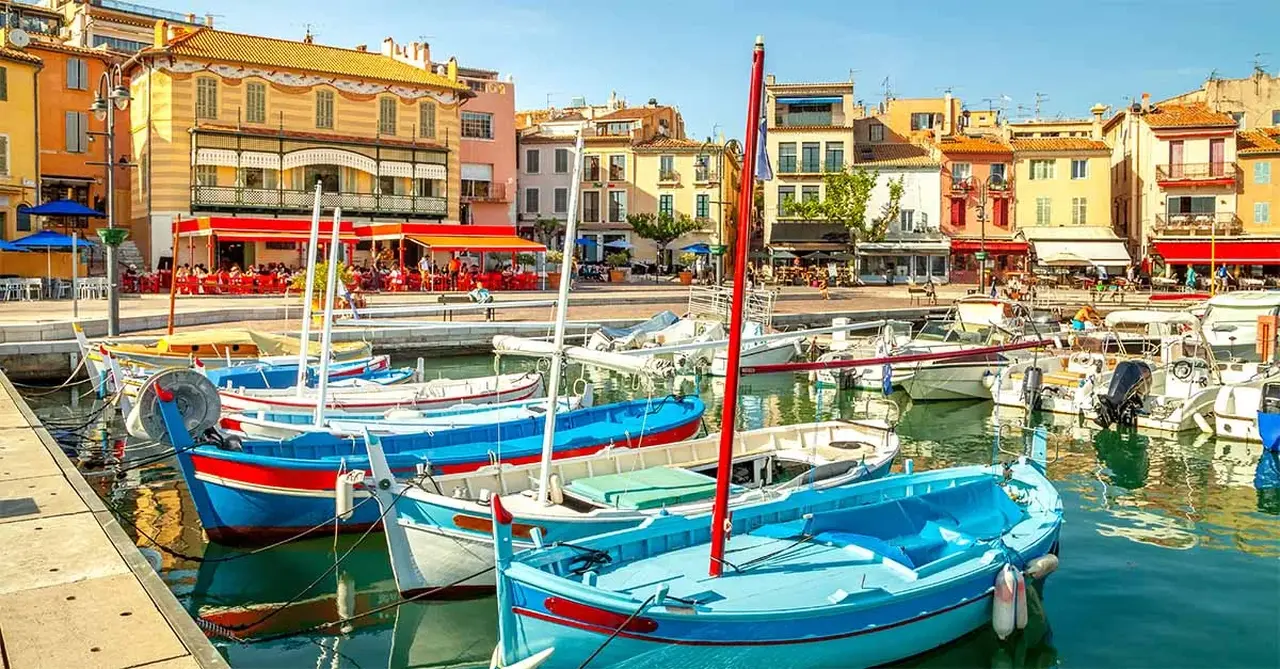You are viewing 1 of your 2 free articles
How to spend 48 hours in Buenos Aires
Laura French picks out the highlights in Argentina’s cultural capital.
Click here to download and save as a PDF.
For some, Buenos Aires is to South America what Paris is to Europe – a glitzy, beaux arts hub where bohemians gather on cobbled plazas and ornate French palaces straddle leafy parks.
For others, it’s a politically intricate metropolis with a turbulent past; an arty, gritty city splashed with colourful street murals or a sensual, cultural melting pot that has tango as its raison d’etre.
In places perfectly polished, in others rough around the edges, it’s hard to shrink this sprawling, diverse city down to a few words, and the only way to fully appreciate its Latin-meets-European vibe is to go there yourself – or send your clients.
It’s now more affordable than ever thanks to Norwegian’s direct service from Gatwick, which launched in February and is increasing to daily from October 31 in response to demand – joining the direct British Airways route from Heathrow.
We’ve put together a 48-hour guide to the very best of the city’s sights, with everything from parrilla steakhouses to hidden speakeasies, modern art galleries to traditional markets on hand to charm clients of every age.

Day one
10.00: Start your trip in one of Buenos Aires’ most renowned barrios, La Boca, located in the south of the city and home of the Boca Juniors stadium. Traditionally a working-class, Italian immigrant neighbourhood, the area is now something of a tourist hub thanks to the vibrant street art murals and candy-coloured corrugated houses that hug the main street, El Caminito.
“Head here on a Sunday for a massive weekly market bursting with trinkets, bags, craft stalls, fresh juices and street performances.”
Here, you’ll find a cluster of colourful houses-turned-shops and restaurants serving Argentine food, as tango dancers in flamboyant costumes strut their stuff on street corners. It’s safe during the day, but you’re better off not walking there in the late afternoon or evening, and taking a cab to get there.
12.00: A 10-minute taxi ride north will take you to the city’s oldest area, San Telmo, whose cobblestone streets, antique shops and bohemian cafes have been drawing in writers, dancers and artists since the mid-1900s. Head here on a Sunday for a massive weekly market bursting with trinkets, bags, craft stalls, fresh juices and street performances, and check out the colonial buildings, historic churches and other 19th-century remnants that frame main square Plaza Dorrego.

13.30: Make a quick stop at hole-in-the-wall joint Nuestra Parrilla to sample one of Argentina’s best street food delicacies, choripan: a juicy chorizo sausage grilled on a parrilla and sandwiched between hunks of crusty bread, then covered with spicy-sweet chimichurri sauce.
If you’re after something a little larger, try La Brigada, one of the city’s best steakhouses, which serves short-rib roasts, sirloin and fillet steaks against a backdrop of wood furnishings and gaucho memorabilia.
“Bordering the square is the eye-popping government house, Casa Rosada, the iconic, pink palace that’s home to the president’s offices.”
15.00: Walk straight down Calle Defensa to reach Plaza de Mayo, set at the heart of the microcentro (city centre). Marked out by a soaring white obelisk signifying the first anniversary of Argentine independence, it’s now the gathering point for protestors – most notably the mothers and grandmothers of children abducted during the military dictatorship in the late 1970s, who have been quietly circling the square every week since 1977. If you’re here at 3.30pm on a Thursday, you’ll see them – it’s a moving and sobering sight.
15.30: Bordering the square is the eye-popping government house, Casa Rosada, the iconic, pink palace that’s home to the president’s offices. Free guided tours are available on Saturdays and Sundays, and there’s a fascinating museum that tells you all about its history.

16.30: Walk east along Avenida de Mayo to reach Cafe Tortoni – one of the city’s oldest and most famous coffee houses, where deep-fried, satisfyingly crisp churros are served with rich, creamy hot chocolate. Founded in 1858, it’s seen everyone from Albert Einstein to tango king Carlos Gardel sweep through its doors. Today, it keeps its historic air with marble-topped tables, wood panels and a Tiffany glass ceiling the backdrop for regular tango shows.
“No trip here would be complete without witnessing a tango show, so head to historic, wood-furnished tango hall La Ventana.”
18.00: If you’ve still got energy, wander over to the almighty Avenida Corrientes, the city’s answer to Broadway (albeit a little shabbier), lined with theatres, pizzerias and gelaterias. Check out Teatro Colon, the city’s lavish opera house, and duck in to Cadore for mounds of deliciously smooth dulce de leche ice cream.
20.00: No trip here would be complete without witnessing a tango show, so head to historic, wood-furnished tango hall La Ventana for a three-course meal followed by an all-out, seriously impressive spectacle; expect intimate, sensual dances, powerful vocal performances and big, twirling ballet troupes donning feather-bedecked costumes (prices from $120, including wine).

Day two
10.00: Kick things off with breakfast in Palermo, one of Buenos Aires’ most affluent areas and a hit with trendy types who come for its restaurants, boutiques and art galleries. Head to quaint little cafe Oui Oui in Palermo Hollywood for the best eggs benedict around, then wander east to Parque Tres de Febrero. The park is home to lakes, Japanese gardens and a zoo, with locals whizzing around on roller skates, bikes and pedaloes, making it feel like Buenos Aires’ answer to Central Park..
13.00: Nearby you’ll find the Evita Museum, dedicated to Eva Perón – the First Lady of Argentina from 1946 to 1952, and wife of president Juan Perón, who was celebrated for her work fighting poverty. Housed in an aristocratic mansion, it explores her influence, showcasing clothes and other memorabilia owned by the heroine immortalised in the song Don’t Cry For Me Argentina.
“Home to the mausoleums of artists, aristocrats and politicians – including Evita – it’s one of the most renowned sites in the city.”
14.00: Just south lies Recoleta, another elegant barrio with a Parisian feel framed by champagne-coloured mansions designed by French architects in the early 1900s. At its heart lies Plaza Francia, where live bands and market vendors flock at the weekend. Spend some time browsing its leather goods and food stalls, then head to the Recoleta Cemetery next door (free admission). Home to the mausoleums of artists, aristocrats and politicians – including Evita – it’s one of the most renowned sites in the city, with its extravagant marble tombs, overlooked by ornate sculptures.

15.30: Amble over to the Alvear Palace Hotel, where restaurant L’Orangerie’s forte is afternoon tea – all delicate sandwiches, brightly coloured cakes and warm, crumbling scones served on tiers beneath twinkling chandeliers and palatial, gold bedecked ceilings. It’s worth the calories.
17.00: Walk 15 minutes south to El Ateneo Grand Splendid, named one of the world’s most beautiful bookshops. This opulent, gold-splashed librería started life as a theatre in 1919. Now the domed ceiling arches over balconies-turned-book-coves, and the stage area is a cafe serving coffees, medialunas (Argentine croissants) and empanadas (think mini pasties) behind a draping, bright red curtain.
“If you’ve still got the energy, move on to one of the clubs on the waterside and round off your trip in true Buenos Aires style.”
20.00: When dusk falls, hop on a bus to Buenos Aires’ modern business district, Puerto Madero, set in the centre of the city right by the river. It’s known for its high-end restaurants, bars and clubs, including Cabana Las Lilas, a famous parrilla where large, tender steaks are washed down with equally sizeable glasses of malbec.
23.00: If you’re looking to part with a little more cash, head to The Library Lounge at the nearby Faena Hotel for lavish cocktails in red-velvet surroundings. Live musicians get a young, well-heeled crowd dancing among antique furnishings and leather-strewn chairs, and there’s a red-lit pool for al fresco drinks on balmy evenings. If you’ve still got the energy, move on to one of the clubs on the waterside and round off your trip in true Buenos Aires style – these people know how to party.

Sample product
Latin Routes has a private City, Falls and Wine tour with four nights in Buenos Aires, two in Iguazu Falls and three in Mendoza. Prices start at £2,359 per person including B&B accommodation in three and four-star hotels, city tour and tango show, tour of Iguazu Falls, flights, transfers and the services of a guide.
latinroutes.co.uk
Kuoni offers a two-night break in Buenos Aires staying in a Superior Room at the Hotel Madero, from £1,827 per person, departing February 1. The price includes a private city tour, plus wine tasting, a tango show with dinner, British Airways flights from Heathrow and private transfers.
kuoni.co.uk
Staying longer?
La Bomba de Tiempo: Every Monday, warehouse turned cultural centre Konex attracts a huge crowd with a free-to-watch drumming spectacular.
Costanero Sur Ecological Reserve: Set by the Rio de la Plata, this sprawling nature reserve is home to lakes and more than 200 species of birds. Bring a picnic to enjoy the surroundings.
Closed-door restaurants: Secret restaurants are a big deal here. Check out Cenas Pasionarias for sushi and jazz in an antique shop, or Casa Saltshaker, held in a flat in Recoleta.
Ask the expert
“Buenos Aires is my favourite city in South America and it’s Latin Routes’ best-selling one too. It has something for everyone: exciting culture, stunning buildings, interesting museums, incredible food, passionate tango dancing, buzzing nightlife, great-value shopping, football fever and so much more. Argentina as a whole has been growing in popularity, particularly over the past three years. With the Norwegian flight launched this year, alongside the British Airways direct flight and the Aerolineas Argentinas route from Madrid, we are seeing an increase in sales due to the fact it’s even more accessible, and the fares are more competitive.”
Jessica Bain, director, Latin Routes
Going further
Buenos Aires is a gateway to the rest of Argentina and South America. Aerolineas Argentinas flies onward to 37 destinations in the country, including Iguazu, Mendoza, Cordoba, Ushuaia and Bariloche, with competitive fares via its Visite Argentina pass.
aerolineas.com.ar
Read more
Explore Patagonia in Argentina
Latin America: 10 of the best food and drink experiences
Places to go and things to see in Sao Paulo, Brazil

